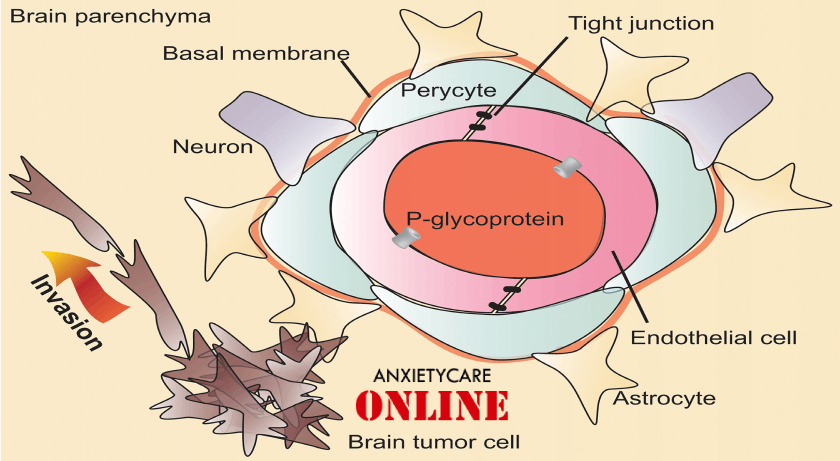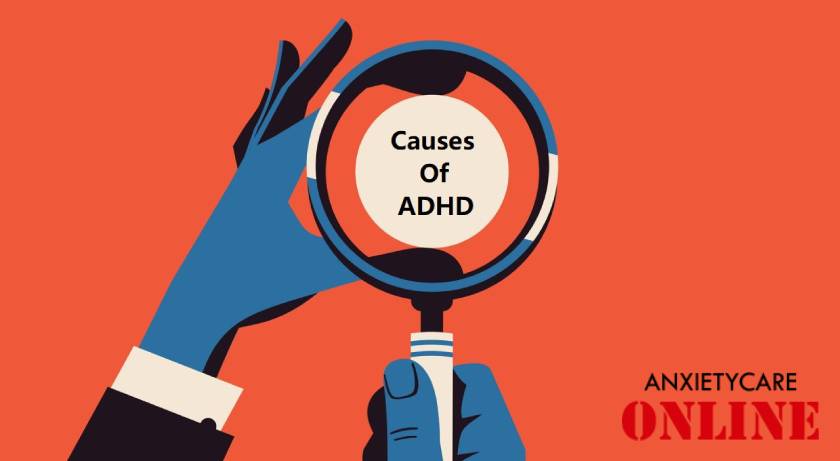What are Neurological Disorders?
The term “neurological disorder” refers to a condition that is caused by a dysfunction in part of the human brain or nervous system, resulting in psychological or physical symptoms.
The development of the human brain begins during pregnancy period and continuing through infancy, childhood to adolescence. Most cells formed before birth, but the trillions of connections between these neurons are not developed until infancy.
The human brain is composed of gray matter (interconnections and neurons) and white matter (axons surrounded by a myelin sheath). And a motor neuron carries impulses away from the brain. The brain is only self-organizing part of the human body. It selects information to forward its development and growth. Our brain also adapts to the environment through the senses of smell, touch, taste, sight, and hearing.
All neurological disorders involve the brain, nerves, or spinal column. Symptoms of this condition depend on the area where damage occurs. Areas that control movements, hearing, communication, and thinking can be affected. Neurological disorders are wide-ranging with various causes, outcomes, and complications.
What are the most common symptoms of Neurological Disorders?
Symptoms of such disorders vary depending on the particular disease. Cognitive, physical, emotional, and behavioral symptoms may be present, with specific conditions having a combination of these symptoms. For example, ADHD tends to have more significant effects on behavior, whereas cerebral palsy tends to have more physical symptoms.
Several neurological conditions emerge during the early years of development and may diagnose at birth time. Some diagnosed later because symptoms only appear when:
- A damaging infection occurs (meningitis)
- A child misses developmental milestones or has developmental difficulties (autism)
- An accident causes brain injury (trauma, stroke, hypoxia)
Most common symptoms
While people often first look for physical signs of a medical condition, it is essential to understand that there can also be psychological symptoms of neurological disorders. For instance, people might feel mood swings and sudden outbursts. People with such conditions may also experience delusions and depression.
It should be understood that these symptoms could also be indicative of other conditions and disorders. If you have experienced these symptoms, you should take an urgent medical help.
Physical symptoms
- Physical symptoms of such medical conditions may include the following:
- Partial or complete paralysis, Poor cognitive abilities
- Partial or full loss of sensation
- Seizures, Muscle weakness
- Unexplained pain, Decreased alertness
- Difficulty in reading and writing, etc.
What are the types of Neurological Disorders?
In terms of the “WHO” (world health organization), there are various types of neurological disorders that affect millions of people all around the world, including 24 million that have Alzheimer’s and 326 million who experience migraines. The different neurological disorders can include epilepsy, Alzheimer’s disease, multiple sclerosis, migraines, and Parkinson’s disease, etc.
More common Neurological Disorders
Neuropathy – It is a nerve disorder that causes symptoms such as weakness and numbness, often affecting the feet and hand. It can be the result of systemic diseases like diabetes as well as medications.
Parkinson’s disease – It is a progressive movement disorder that involves the malfunction and death of vital nerve cells in the human brain. Medications and surgeries can manage the symptoms of this disorder.
Alzheimer’s disease – Alzheimer’s is a progressive disease that destroys cells in the brain and ultimately interferes with an individual’s most basic physical and mental functions.
Myopathy – Myopathy is a disorder of the muscles characterized by muscle weakness that is usually the most severe in the upper thighs and arms.
Stroke – It is a dangerous event that occurs when the blood supply to a part of the brain is suddenly interrupted or when a blood vessel bursts. Warning signs include arm weakness, face drooping, and speech difficulty.
Myasthenia gravis – It is a chronic autoimmune disorder that blocks the signals from the nerves to the muscles and makes the muscles unable to move. A main indication of the disease is muscle weakness that improves after periods of rest.Muscular Dystrophy – It is a group of progressive muscle disorders that has a genetic issue. Symptoms initiate with a weakening of the muscles closest to the trunk of the body and later progress to severe muscle contractions and muscle deterioration.
How many people are affected by Neurological disorders?
Nowadays, neurological disorders are spread all over the world and become a common problem among people. Hundreds of millions of people worldwide are affected by neurological disorders. More than 6 million patients die because of stroke each year. About 80% of these deaths take place in low – and middle – income countries. About 50 million people have epilepsy worldwide. Alzheimer’s problem is a common cause of dementia that contribute 60 to 70 percent of cases. The prevalence of migraine is more than 10 percent worldwide.









